Where Hawaii’s Endangered Forests Shelter Secrets Most People Will Never See
High atop Hawaii Island’s windward slopes, a mysterious green ocean pulses with life few ever encounter. In an age where wild spaces shrink and familiar animals seem to vanish from the backdrop of our lives, curiosity grows: where can one glimpse the rare, the irreplaceable, the truly one-of-a-kind? The answer whispers from the canopied heights of Hakalau Forest National Wildlife Refuge. Within this preserved expanse, ancient trees cradle birds with feathers aflame with color, and insects scuttle that have no names anywhere else on earth. Yet, the threats facing these rare denizens raise the stakes higher than ever before.
The topic of Hakalau Forest National Wildlife Refuge isn’t just a discussion about a patch of protected land in Hawaii—it’s a frontline story of global biodiversity, resilience, and the immense pressures modern life places on fragile ecosystems. What is at risk when the last refuge for a songbird or plant vanishes? Why have biologists, volunteers, and researchers focused decades of work on this single swath of montane rainforest, planting hundreds of thousands of native trees with their own hands? The answers, urgent and stirring, cast new light on what it takes to protect wonders that cannot be replaced. Understanding Hakalau Forest is understanding the battle for earth’s most endangered frontiers.
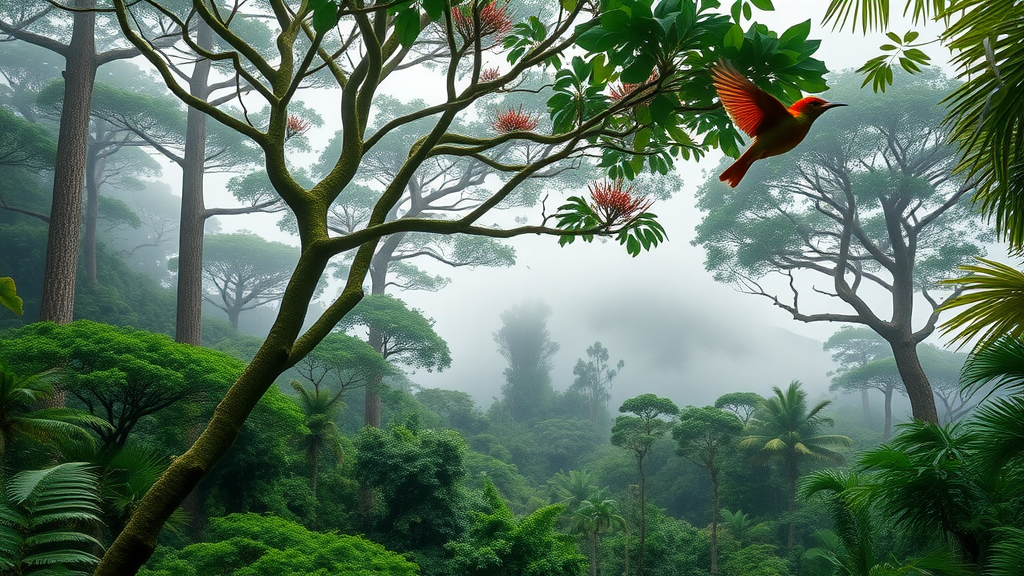
Why Hakalau Forest Matters: The Living Heartbeat of Hawaii’s Biodiversity
Hakalau Forest National Wildlife Refuge exists not only as a remarkable sanctuary but as a critical stronghold against extinction. Spanning over 32,700 acres on Mauna Kea’s slopes, this montane rainforest is home to species whose entire global populations depend on these woods. The dazzling ʻiʻiwi, with its vibrant red plumage, still flits among ʻōhiʻa lehua blossoms here, while rare birds like the akiapōlāʻau and Hawaiʻi ʻākepa depend on these forests for every aspect of their survival. In a world where one in eight birds faces extinction and invasive species rewrite the rules of survival, the fate of creatures in Hakalau Forest sheds light on the broader challenges facing island ecosystems and their symbiotic web of life.
Hakalau Forest also illustrates the surprising underpinnings of ecosystem health: ancient volcanic soils host rare endemic plants and insects found nowhere else, while towering native trees form the “green infrastructure” storing water and sheltering pollinators. Globally, disruptions like habitat loss and invasive species are accelerating, and Hawaiʻi’s unique isolation makes its wildlife singularly vulnerable. Without protections afforded by places like Hakalau, centuries-old evolutionary marvels risk blinking out in the span of a single lifetime. The refuge holds the line not merely for unique beauty, but for the continuity of life processes that have unfolded over millennia.
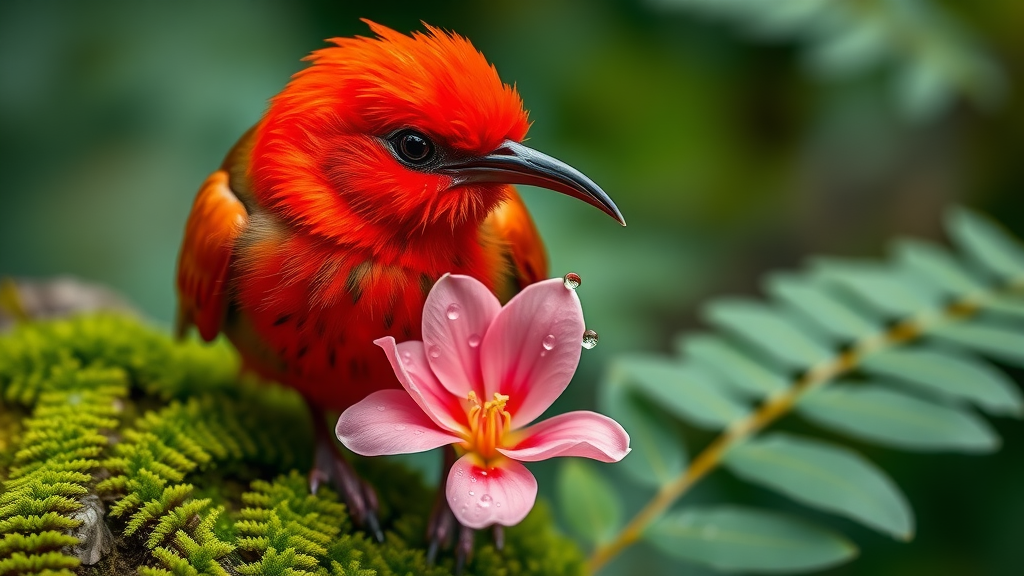
Seeing the Unseen: What Makes Hakalau Forest’s Preservation So Critical
Safeguarding the Hakalau Forest National Wildlife Refuge confers benefits that ripple far beyond the bounds of the Big Island. By sheltering native Hawaiian birds, plants, and insects—many teetering on the brink of extinction—the refuge ensures that future generations have a living link to Hawaii’s ancient wilderness. Unlike many mainland preserves, where species ranges are broad, Hakalau’s treasures exist solely within this narrow elevation band, making any loss here irreparable.
Biodiversity is more than a scientific term: it is the intricate tapestry that keeps forests healthy, resilient, and able to absorb the shocks of invasive species, disease, and a shifting climate. Protecting rare species here means maintaining the delicate dance between pollinators and flowers, seed dispersers and fruiting trees, and the insects threading the web together. Efforts at Hakalau have involved the community at an unparalleled scale, with over 600,000 native plants restored—much of it by volunteer hands. Experiences offered through carefully regulated guided tours give rare firsthand encounters with these ancient rhythms, while also reinforcing the importance of meticulous protocols to prevent new threats such as Rapid ‘Ōhi‘a Death. Hakalau Forest’s preservation, therefore, is not just about saving species—it is about sustaining the magic, resilience, and sense of wonder found in Hawaii’s last wild heart.
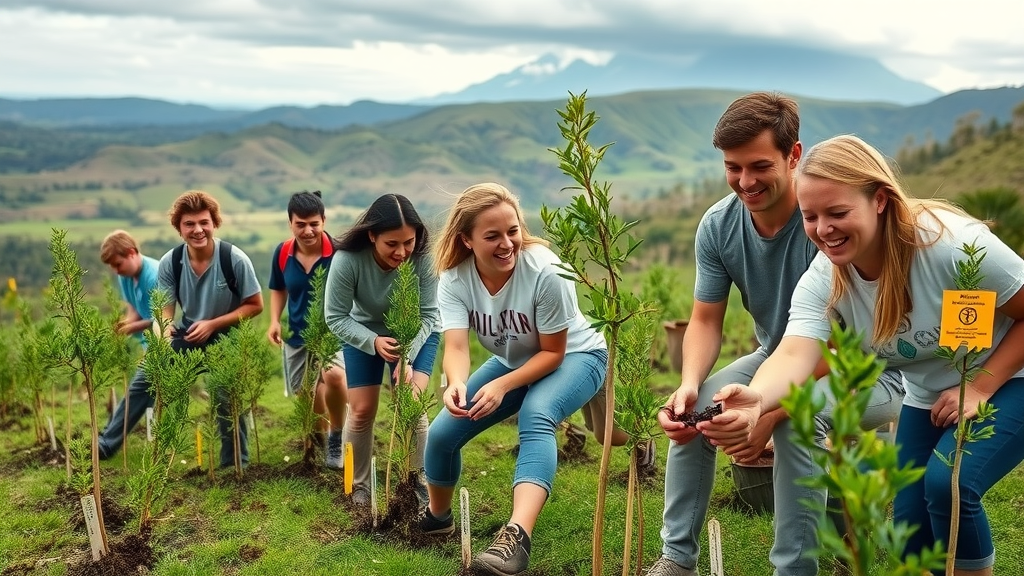
Restoration Realities: How a Community Transformed Ranchland Back into Native Forest
From its inception in 1985, the mission of Hakalau Forest National Wildlife Refuge has been rooted in restoration as much as protection. Much of its 32,700 acres once served as pasture, cleared for cattle and left vulnerable to invasive plants. But a quiet transformation unfolded: working hand-in-hand with local partners and legions of volunteers, the refuge has overseen the replanting of more than 600,000 native trees and shrubs. This astonishing labor has reversed decades of damage and provided new habitat for critically endangered birds and insects, demonstrating the hope that lies in collective action.
The restoration process is not merely planting trees; it’s about reweaving the ecological fabric from the soil up. Volunteers and conservationists reclaim habitat for endemic species, restoring function to a living system and ensuring that life at every level, from leafcutter bees to the dazzling akiapōlāʻau, finds a foothold. The Hakalau model offers a rare blueprint for how fragmented or degraded landscapes elsewhere might recover, a testament to what committed communities and long-term vision can achieve.
Guided Access: Why Strict Protection and Tour Protocols Matter for Everyone’s Future
Though many public lands invite casual exploration, Hakalau Forest National Wildlife Refuge is consciously different: solo visitation is restricted, and guided tours are the only means to access the reserve’s deep interior. This is more than red tape—it’s a shield against the unseen dangers that threaten entire forests. Currently, concerns about Rapid ‘Ōhi‘a Death—a devastating fungal disease obliterating native ‘ōhi‘a trees—necessitate even greater care. Human movement, equipment, and even shoes can carry the microscopic spores capable of felling centuries of growth.
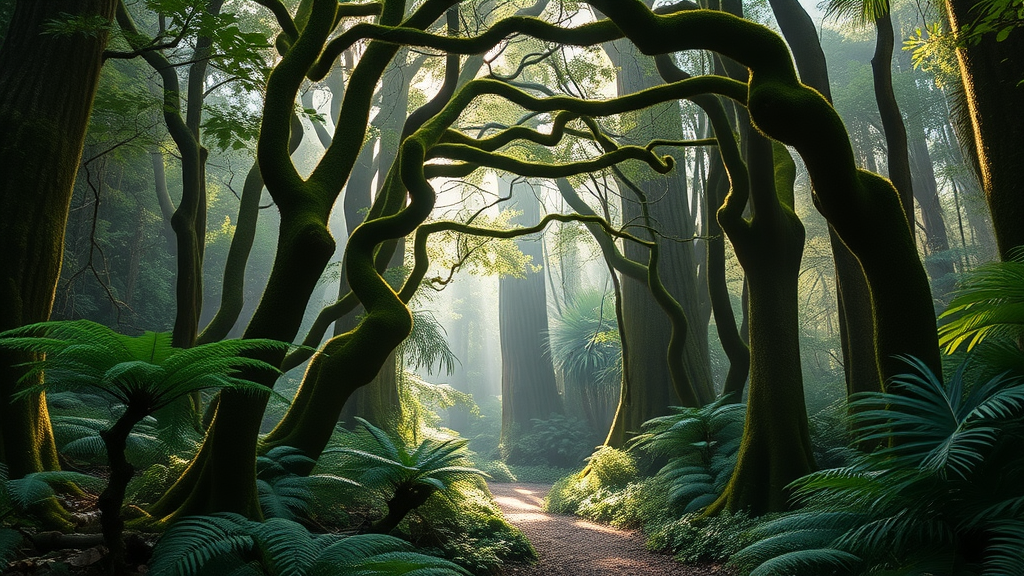
Authorized guided tours offer a responsible alternative, marrying awe-inspiring encounters with robust ecological protocols. Licensed guides ensure that visitors witness the breathtaking beauty of the forest while protecting against disease and disturbance. These tours double as conservation education, highlighting how human choices impact fragile environments. By adhering to these restrictions, every guest becomes a caretaker of Hawaii’s living heritage and part of the solution for generations to come.
A Sanctuary for the World’s Rarest Birds: Natural Marvels You Can’t Find Anywhere Else
Within the canopy and understory of Hakalau Forest, life flourishes that exists nowhere else—a true living museum of evolution’s wonders. Endangered Hawaiian songbirds, such as the ʻiʻiwi and the akiapōlāʻau, depend entirely on this environment. The critical importance of their survival extends beyond birdwatching; it represents the continuity of evolutionary history, ecological function, and island identity in the face of relentless pressures.
This assortment of native species speaks to Hawaii's role as a wellspring of global biodiversity. Each encounter in Hakalau with a rare plant or bird becomes a brush with extinction reversed—even if only partially. These glimpses into the remaining wild echo the possibilities of persistence, recovery, and the resilience embedded in every feather and leaf. Such marvels, showcased through careful stewardship, stand as a testament to what can be saved when action takes the place of indifference.
The Hakalau Forest National Wildlife Refuge Ethos: Community, Restoration, and Enduring Legacy
The philosophy guiding Hakalau Forest National Wildlife Refuge is deeply rooted in partnership, science, and stewardship. Since its founding, the refuge has exemplified collaborative conservation by working alongside residents, schools, scientists, and passionate volunteers to restore lost habitat. Rather than walling off nature, the Hakalau approach invites stakeholders to take an active role in nurturing what’s rare and endangered.
A clear mission emerges: to transform degraded lands back into thriving native forests, demonstrating the tangible rebirth of ecosystems once thought irretrievably altered. The guiding principle is that every planting, every survey, every educational tour is a seed for a healthier future. This approach resonates far outside the refuge, serving as a model for conservation efforts across the Pacific and beyond. The emphasis on hands-on participation and carefully measured access underscores a commitment not only to preservation, but to an ongoing, evolving relationship with the land and its most vulnerable inhabitants.
Firsthand Reflections: A Visitor’s Perspective on Experiencing True Ecological Rarity
Visitors lucky enough to join a guided tour in Hakalau Forest often describe the experience as transformative, offering rare glimpses of plants and birds found only in Hawaii. For those seeking firsthand assurance that the journey is worth it, the words of a recent visitor echo the collective awe and gratitude felt by many:
Hakalau forest NWR is one of the few places on island of Hawaii to see trees and birds you will never see anywhere. The trees and birds clearly show how flora and fauna evolve when left undisturbed. You need a guide to get inside, Hawaii forest and trails has trips that take you here. They have very knowledgable guides who are geologists and experts. You must take camera for capturing the beauty.
Encounters like these reinforce how singular and meaningful a visit to Hakalau Forest can be, especially under the guidance of those who know its secrets best. The impact of witnessing ecological rarity up close affirms the value of protecting places where the extraordinary remains possible. For those who make the journey—and for everyone who cares about the fate of wild spaces—the refuge offers inspiration and an invitation to engage more deeply with the living world.
Why Hakalau Forest Holds the Key to Hawaii’s Conservation Story
Hakalau Forest National Wildlife Refuge stands at the intersection of science, community action, and hope. Its carefully protected ecosystem offers a last stand for endangered native birds, rare plants, and unique insects whose future depends on dedicated stewardship. By limiting access to guided tours and maintaining rigorous conservation protocols, the refuge demonstrates a deep responsibility to nurture and safeguard invaluable biodiversity. The ongoing restoration achievements—supported by volunteers and guided by the vision embedded in the refuge’s mission—set a powerful example for what is possible when people and place converge in common purpose. As threats to native forests intensify across the globe, the commitment embodied at Hakalau Forest may well determine whether Hawaii’s most extraordinary wild wonders endure for future generations.
Contact the Experts at Hakalau Forest National Wildlife Refuge
If you’d like to learn more about how Hakalau Forest National Wildlife Refuge could benefit your understanding of Hawaii’s unique biodiversity and conservation challenges, contact the team at Hakalau Forest National Wildlife Refuge.
📍 Address: 60 Nowelo St, Hilo, HI 96720, USA
📞 Phone: +1 808-443-2300
🌐 Website: https://www.fws.gov/refuge/hakalau_forest/
Hakalau Forest National Wildlife Refuge Location and Availability
🕒 Hours of Operation: Please refer to official resources or call ahead, as access is restricted and guided tours are by arrangement only.
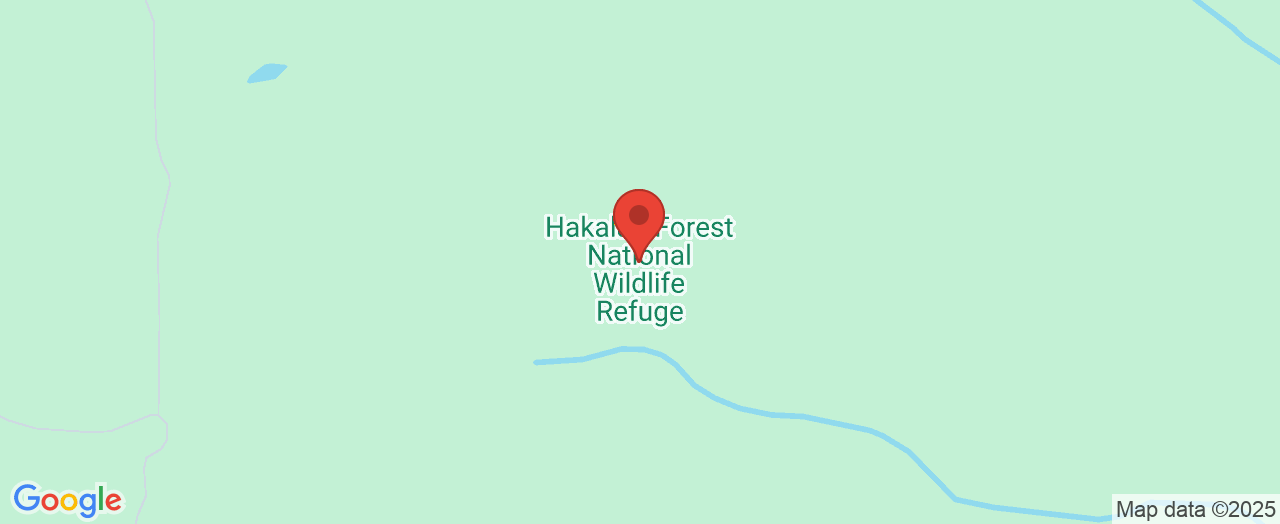
 Add Row
Add Row  Add
Add 





Write A Comment